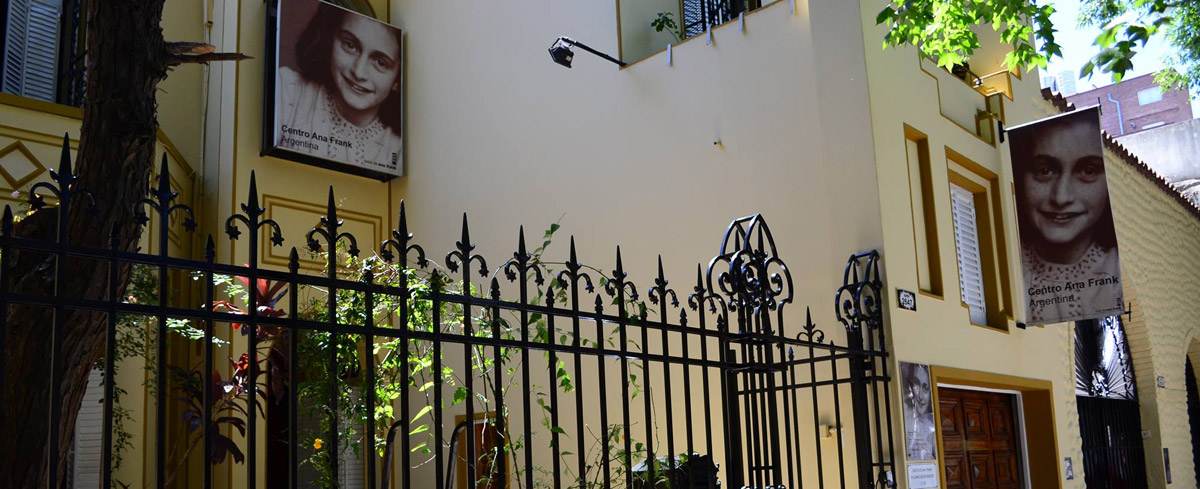
Buenos Aires has the largest Jewish population in Latin America, and one of the seven largest in the world, and the Jewish community has made many contributions to the city’s culture and history. This itinerary takes in some of the most significant landmarks of Jewish Buenos Aires.
Start at Plaza Embajada de Israel, a square at the junction of Arroyo and Suipacha in the Retiro neighbourhood. This is a very poignant spot, not just for the city’s Jewish population, but for all in Buenos Aires. The Israeli Embassy after which the square is named was destroyed by a terrorist bombing that killed 22 people on March 17, 1992. Part of the wall of the original building has been preserved in memory of the attack, and 22 linden trees commemorate each of the people who were killed.
This terrible event, together with the bombing of the Jewish association AMIA in July 1994, left an indelible mark on all Argentine society irrespective of religion. Tributes to those who died in each attack can also be found in the Metropolitan Cathedral and the chapel Nuestra Señora del Carmen respectively.
From that poignant start, we can take a step back and explore the history of Buenos Aires’ Jewish community. Construction of the city’s oldest synagogue, the Sinagoga de la Congregación Israelita Argentina at Libertad 769, San Nicolás, began in 1897. The building was restructured in 1932. It has a Roman-Byzantine style and a facade with two rounded arches, sculptural mouldings, the Star of David and a mosaic depicting two hands with outspread fingers, representing the way that the priests of Jerusalem made blessings. The central nave faces Jerusalem and the synagogue has space for 1,000 worshippers.
Next to the synagogue is the Buenos Aires Jewish Museum , which tells the story of Jewish immigration to Argentina, the establishment of Jewish colonies, and the beginnings of the community in Buenos Aires. Another important museum in the city is the Holocaust Museum , a few blocks away at Montevideo 919. This museum exhibits various artefacts on the horror of the Holocaust and also runs courses to raise awareness against discrimination. The museum’s archives include testimonies from Holocaust survivors who migrated to Argentina.
The museum is close to the neighbourhood of Balvanera. Between 1907 and 1925, 60 per cent of the inhabitants of this area were Jewish, and today there are still many Jewish-run businesses in the area. At Pasteur 633, you can find the headquarters of the Asociación Mutual Israelita Argentina (AMIA), a major Jewish association that was attacked in 1994 in the worst terrorist atrocity Argentina has experienced. The Pasteur metro station, at the junction with Avenida Corrientes, is decorated with art works commemorating the atrocity.
There are two Jewish cultural spaces in the neighbourhood that seem to remain immune to the passing of time: the theatre IFT (Boulogne Sur Mer 549), one of the pillars of independent theatre in the city, and the Fundación IWO (Ayacucho 483), which boasts a library of more than 40,000 volumes.
Lastly, it’s a worth getting off the beaten path and heading to the quiet neighbourhood of Coghlan to visit the Centro Ana Frank Argentina (Superí 2467). Inaugurated in 2009 in commemoration of the 80 th anniversary of Anne Frank’s birth, this educational centre forms part of the Dutch organisation that preserves the Frank house in Amsterdam.
